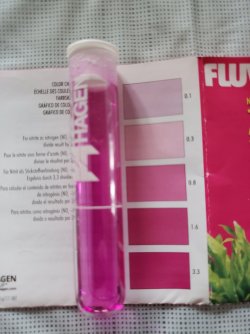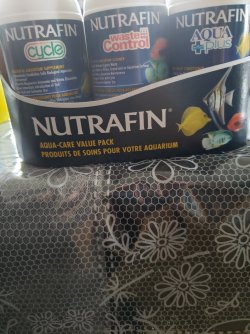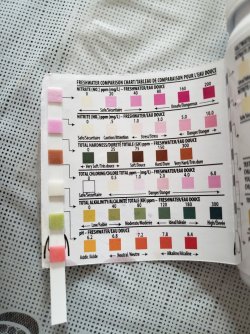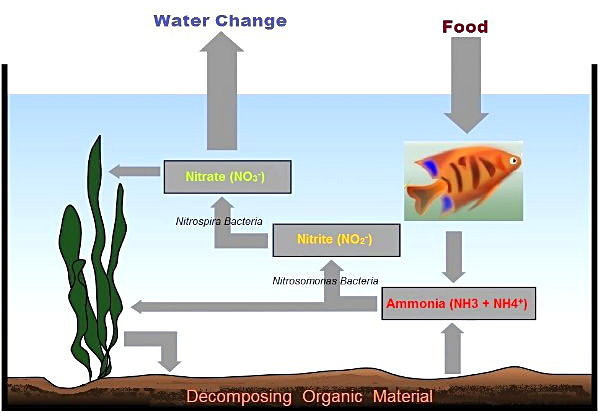As mbsqw1d already asked, don’t think your tank has been cycled to make the filter and tank safe for your livestock.
This means basically cultivating bacteria to deal with elements like ammonia and nitrites which is toxic to fish.
Recommend that you have a read of this and let us know if you did cycle the tank or perhaps you followed LFS advice?
Cycling Your First Fresh Water Tank What is Cycling and Why is it Important? Fish waste, and especially fish breathing, plus uneaten food and other organic matter breaking down in a tank all produce Ammonia. This can quickly become toxic to fish if it is allowed to build up to any measurable...

www.fishforums.net
One or two other things, do you have any live plants in your tank at all?
This might help with ammonia levels as plants consume ammonia.
How long has this tank been running for?
Also do you do weekly water changes ?
If so, do you add dechlorinator/tap safe to new tank water?
The more information you can provide, the better idea of what’s happening and what advice we can give to help you.








